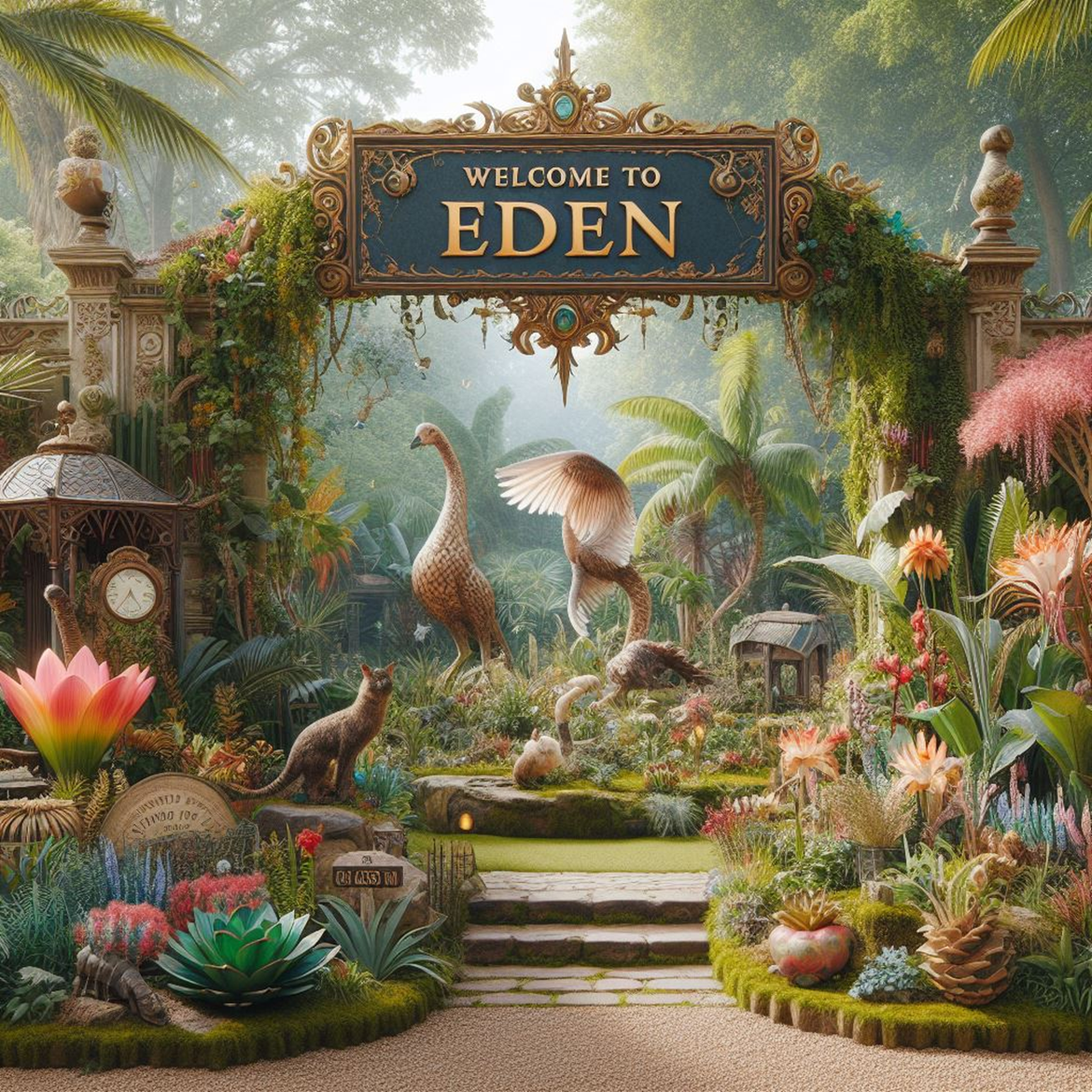The Garden of Eden is one of the most fascinating and mysterious places in the Bible. It is the original home of Adam and Eve, the first humans, who lived in perfect harmony with God and nature. It is also the place where sin and death entered the world, after they disobeyed God and ate from the forbidden tree. But where was the Garden of Eden located? And can we find any traces of it today? In this article, we will explore some theories and evidence that have been proposed by scholars, archaeologists, historians, and biblical scholars over the centuries.
What does the Bible say about the location of the Garden of Eden?
The Bible gives us some clues about the location of the Garden of Eden in the Book of Genesis. It says that God planted a garden in the east, in Eden, and that a river flowed out of Eden to water the garden, and from there it divided into four branches. The names of the four rivers are Pishon, Gihon, Tigris, and Euphrates. The Bible also mentions some lands and regions that the rivers encompassed, such as Havilah, Cush, Assyria, and Mesopotamia.
Based on these descriptions, many scholars have tried to identify the location of Eden by tracing the sources and courses of the four rivers. However, this is not an easy task, as the geography of the ancient world has changed significantly over time due to natural disasters, and human activity. Moreover, some names of the rivers and lands may have different meanings or refer to different places in different times and contexts. Therefore, there is no consensus among scholars about the exact location of Eden, and there are several possible candidates.
What are some possible locations for the Garden of Eden?
One of the most popular and traditional theories is that the Garden of Eden was located in southern Mesopotamia, where the Tigris and Euphrates rivers run into the Persian Gulf. This is the cradle of civilization, where some of the earliest and most advanced cultures emerged, such as Sumer, Babylon, and Assyria. Some scholars suggest that the Pishon and Gihon rivers were ancient canals or tributaries of the Tigris and Euphrates, or that they referred to the Indus and Nile rivers, respectively. This theory also fits with the biblical description of Eden as a fertile and lush land, rich in gold, precious stones, and spices.
Another theory is that the Garden of Eden was located in Armenia, at the headwaters of the Tigris and Euphrates rivers, near the borders of Turkey, Iran, and Georgia. This is a mountainous and volcanic region, with a diverse and abundant flora and fauna. Some scholars argue that this is the original homeland of the Indo-European peoples, who spread their languages and cultures across Europe and Asia. They also point out that Armenia has a long and ancient history of Christianity, and that it was the first country to adopt Christianity as its official religion in the 4th century AD.
A third theory is that the Garden of Eden was located in Africa, where the Nile and the Congo rivers originate. This is the continent where humanity evolved, according to modern science, and where some of the oldest and most diverse civilizations developed, such as Egypt, Ethiopia, and Nubia. Some scholars propose that the Pishon and Gihon rivers were the Nile and the Congo, or that they referred to the Blue Nile and the White Nile, the two main branches of the Nile. They also note that Africa has a rich and varied natural environment, with many exotic and rare animals and plants.
Why does the location of the Garden of Eden matter?
The location of the Garden of Eden may not be a matter of life and death, but it is a matter of curiosity and interest. It reflects our desire to know more about our origins and our destiny, and to connect with our spiritual and cultural heritage. It also reveals the diversity and complexity of the human experience, and the beauty and wonder of the natural world. The Garden of Eden may be lost, but it is not forgotten. It is a symbol of hope and restoration, and a reminder of God’s love and grace.



